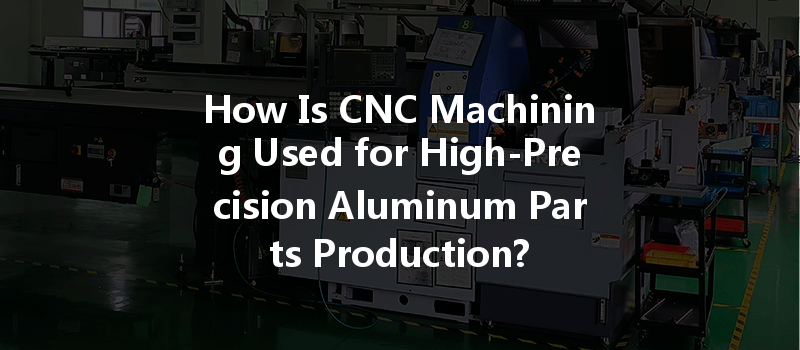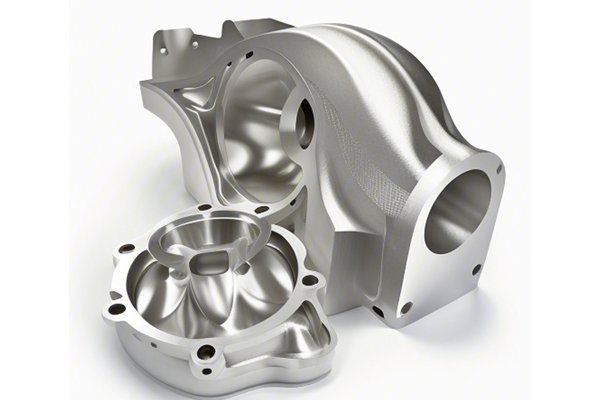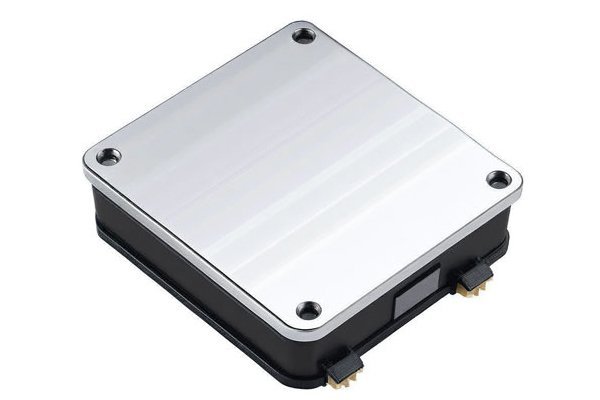Did you know that CNC (Computer Numerical Control) machining has revolutionized the manufacturing industry by enabling the production of highly intricate and precise aluminum parts? According to a recent report by Research and Markets, the global CNC machine market is expected to reach $117.1 billion by 2027, driven significantly by innovations in aluminum machining. This compelling statistic emphasizes the importance of CNC machining processes and techniques in creating high-performance aluminum components for various industries, including aerospace, automotive, and medical devices.
In this comprehensive blog post, we will delve deep into the world of CNC machining for high-precision aluminum parts. We’ll explore the principles behind CNC machining, the advantages of using aluminum, the processes involved, the challenges faced, and the future prospects of this technology. Whether you’re a seasoned engineer, a business owner seeking manufacturing solutions, or a curious learner, this guide aims to provide detailed insights and solutions to the challenges in producing high-quality aluminum components.
Understanding CNC Machining
What is CNC Machining?
CNC machining is a subtractive manufacturing process that uses computerized controls to manipulate machinery tools, such as lathes, mills, routers, and grinders, with high precision. CNC machines convert a digital design into physical parts by removing material from a solid block, known as a workpiece. This technique allows for the production of parts with complex geometries and tight tolerances, making it essential for industries that require precision engineering.
How Does CNC Machining Work?
CNC machining involves several steps:
Why Choose Aluminum for CNC Machining?
Aluminum is a popular choice for CNC machining projects due to its unique properties. Below are some key advantages of machining aluminum parts:
Lightweight and Strong
Aluminum is known for its exceptional strength-to-weight ratio, making it an ideal material for applications where weight savings are critical without compromising structural integrity.
Corrosion Resistance
Aluminum naturally forms a protective oxide layer that resists corrosion, making it suitable for applications exposed to harsh environments.
Excellent Machinability
Aluminum is relatively easy to machine compared to other metals, meaning quicker production times and less wear on cutting tools.
Versatility
Aluminum alloys offer a range of properties tailored to specific applications, enabling manufacturers to choose the most suitable alloy for their needs. For instance, 6061 aluminum is commonly used due to its good mechanical properties and weldability.
Overview of CNC Machining Processes for Aluminum Parts
CNC machining for aluminum parts encompasses several techniques, including milling, turning, drilling, and grinding. Let’s explore each process in detail:
CNC milling involves using rotating cutting tools to remove material from a stationary workpiece. Mills can operate in multiple axes, allowing for complex shapes and contours to be created effectively.
Key Benefits:
CNC turning is a process where a workpiece is rotated against a stationary cutting tool. This technique is typically used to produce cylindrical parts, such as shafts and fittings.
Key Benefits:

CNC drilling utilizes rotating drill bits to create holes in the workpiece. This process is often performed as a secondary operation to accomplish specific design features.
Key Benefits:
CNC grinding involves using grinding wheels to achieve high precision surface finishes on aluminum parts. This process is often used when tight tolerances and superior surface qualities are required.
Key Benefits:
Challenges in CNC Machining of Aluminum Parts
While CNC machining provides significant advantages, several challenges must be addressed to ensure successful production:
Although aluminum is easier to machine, the high speeds and feed rates can lead to increased tool wear. Selecting the right tool material and coating can mitigate this issue.
CNC machining generates chips that must be efficiently removed to prevent re-cutting and to maintain an unobstructed view of the machining process.
Meeting tight tolerances often requires advanced planning, including compensation for thermal expansion and material properties. This necessitates thorough knowledge of machining principles and precision tools.
Aluminum’s surface finish can vary significantly depending on the machining process and tooling used. Special attention must be paid to achieve the desired result, especially for aesthetic applications or those requiring low friction.
Future Trends in CNC Machining for Aluminum Parts
The landscape of CNC machining continues to evolve, driven by advancements in technology and customer needs. Here are some key trends to watch:
Integration of IoT (Internet of Things) technology into CNC machinery enhances monitoring and control, leading to increased efficiency and reduced downtime.
Beyond conventional aluminum alloys, manufacturers increasingly explore high-performance composites and advanced aluminum alloys that offer enhanced properties.
There is a growing focus on sustainable machining practices, including techniques for reducing scrap rates, improving energy efficiency, and incorporating recyclable materials.
Utilizing sophisticated simulation software enables manufacturers to predict how machining processes will behave, improving planning and reducing costly errors.
In summary, CNC machining for high-precision aluminum parts is a crucial component of modern manufacturing. The technology not only enables the production of durable, lightweight, and complex components but also drives efficiency and quality across various industries. As industries continue to evolve, CNC machining will remain an integral tool, adapting to meet new demands and overcome challenges.
By embracing the advancements in CNC technology and understanding the myriad processes involved, businesses can optimize their manufacturing capabilities and stay competitive. The knowledge gained from this exploration is vital for anyone involved in the design and production of high-precision aluminum components, emphasizing the importance of continuous learning and adaptation in the field.
As you reflect on these insights, remember that staying updated on CNC machining techniques has never been more important. The future of manufacturing hinges on technological integration and innovation, making it worth your time to consider how CNC machining can elevate your projects to new heights.






